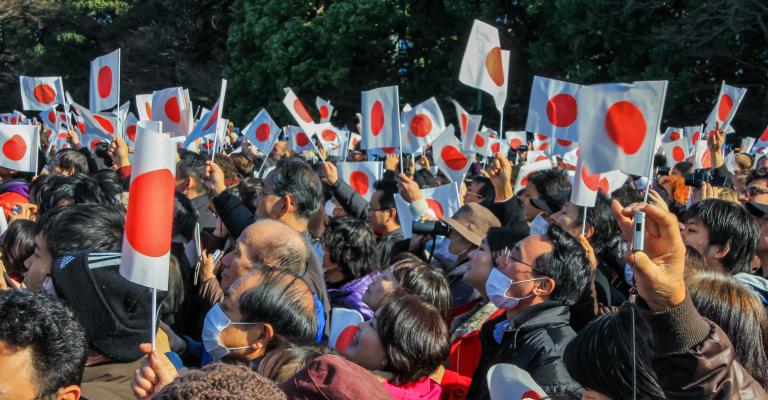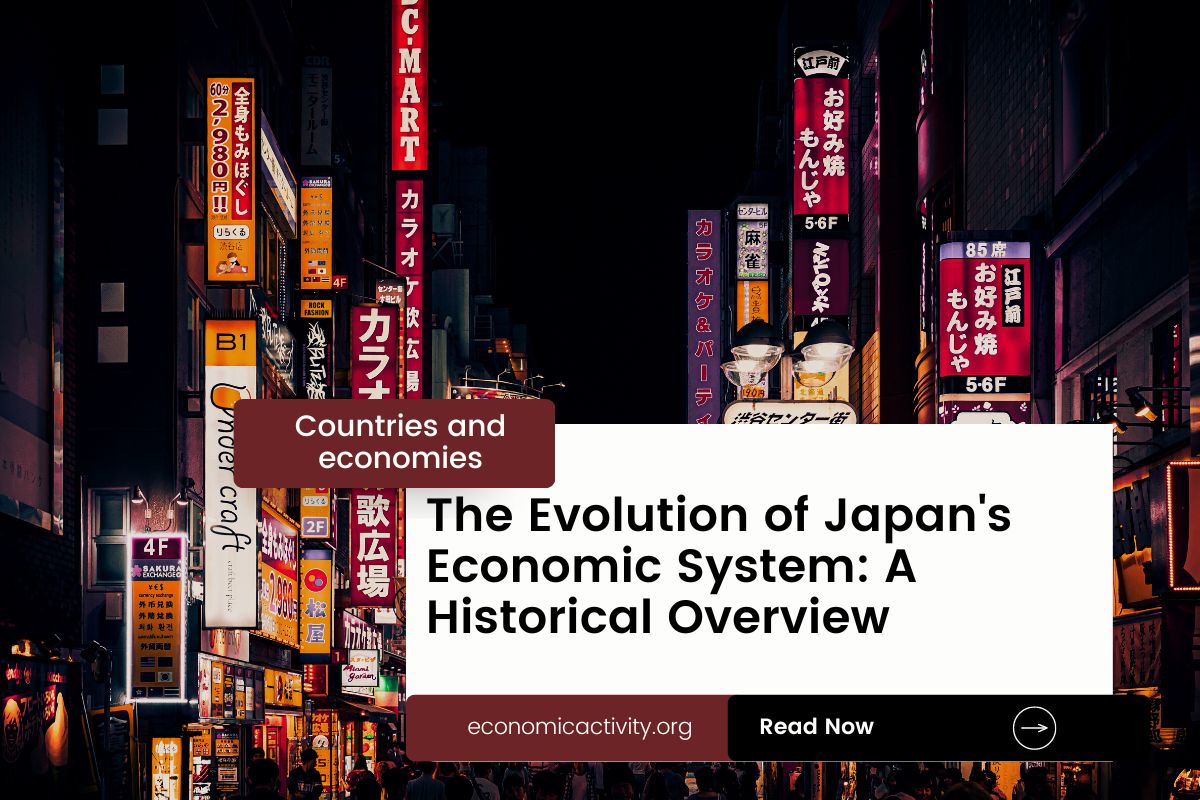What is the economic system of Japan? The economy of Japan is based on a mixed economy. The country’s economic system combines elements of a market economy and a planned economy.
Japan has a highly developed and diversified economy, with major industries including automotive, electronics, and machinery manufacturing, as well as services such as finance and tourism.
In Japan, the economy is composed of a private sector, consisting of individuals and businesses that make autonomous decisions based on self-interest, and a public sector, where the state determines the production and distribution of certain goods and services. No country is purely capitalist or purely communist.
What do the freedom indexes tell about the economic system of Japan?
Now, to determine if a country is mostly a market economy or a planned economy, it is useful to examine some economic indexes. For instance, according to the 2022 Index of Economic Freedom, which measures the ability of every human to control his own labor and property, Japan is ranked 35th globally and 6th in Asia-Pacific indicating that the country has a moderately free economy.
In a similar way, the 2022 Freedom House index evaluates the state of political rights and civil liberties globally. Generally, market economies tend to align more with democracy and freedom, while command economies tend to be characterized by greater state control and fewer democratic and civil liberty protections. Japan gets a great score of 96/100, which qualifies it as free.

Japan is a country where the government does not control what people do for political reasons, and people have the freedom to choose (what, how much, and how to produce, whether to buy or not, selling price, etc.)
The Link Between Public Sector Employment and the Economic System of Japan
An indicator of the extent to which the State is involved in the economy is the number of public sector employees. In Japan, according to ILOSTAT, the number of public sector employees as a percentage of the total workforce is 7.7% (2019).
In the country’s mixed economy, the number of public sector employees as a percentage of the total workforce varies based on the specific policies and practices adopted by the State. Some economic activities are left to the private sector while others are under government control. The bigger the public sector the closer is the economy to being a command economy.
What do the biggest companies in Japan say about the country’s economic system?
The biggest company in Japan should also be looked at, as well as whether it is a state-owned or private company. In this case, Toyota Motor is a Japanese auto manufacturer known for its reliable, fuel-efficient vehicles. The company is owned by the founding Toyoda family and multiple private shareholders.
Also, Japan’s private sector industries include automotive, electronics, and pharmaceuticals including multinationals with a presence around the world. While, public industries include healthcare, education, and transportation, sectors more related to local services.
More: Top 10 Biggest companies by revenue in Japan
The historical factors that have influenced the economic system of Japan
The current mixed economy system of Japan in the last century is the result of a combination of factors, including the post-WWII occupation, the rapid economic growth of the 1950s and 1960s, and the liberalization of the economy in the 1980s.
These factors have allowed Japan to develop a unique economic system that combines elements of both capitalism and socialism and has allowed the country to grow into a developed nation.





Leave a Reply